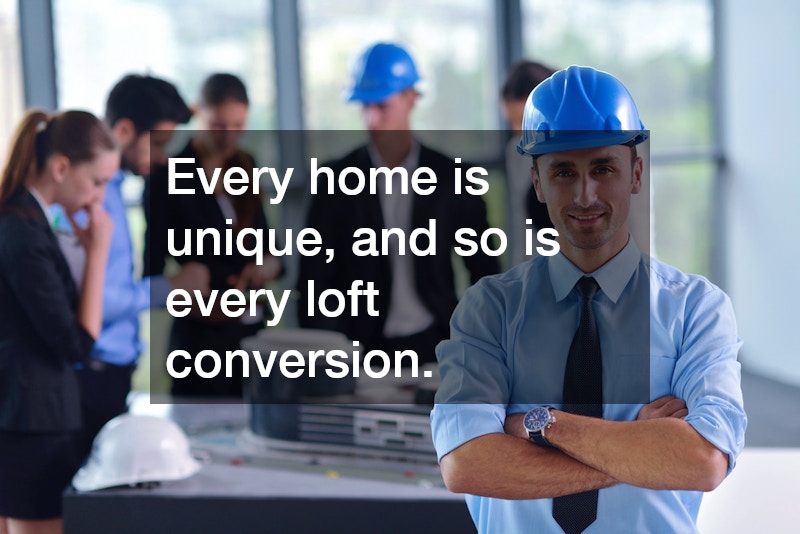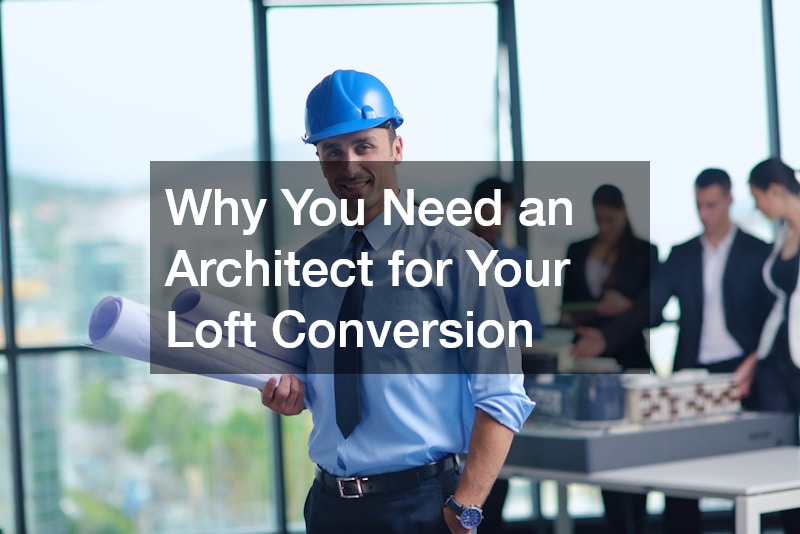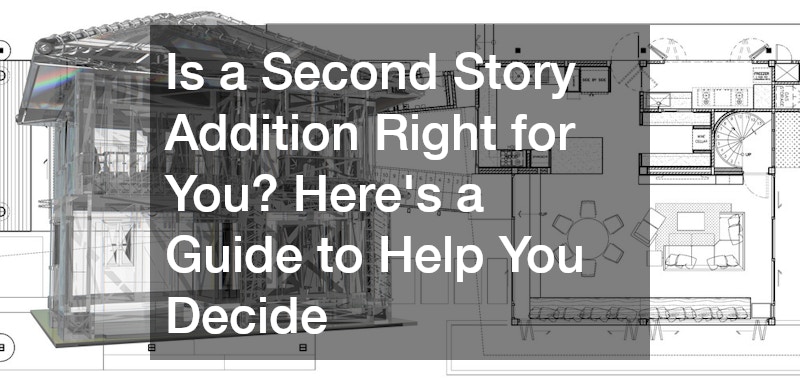
A loft conversion is one of the most efficient and cost-effective ways to increase living space and add value to your home. Whether you’re planning to create an extra bedroom, a home office, or a multi-purpose living area, a loft conversion can transform an unused attic into a functional, stylish space. However, the success of your project largely depends on proper planning and design, which is where a loft conversion architect comes in.
While some homeowners may consider skipping the architect and going straight to a contractor, hiring a professional architect is essential to ensuring that your loft conversion not only looks great but is also structurally sound, functional, and compliant with building regulations.
In this blog, we’ll explore the key reasons why working with a loft conversion architect is crucial for a successful conversion.
1. Expertise in Maximizing Space
Loft spaces are often awkwardly shaped with sloped ceilings, limited headroom, and structural obstacles like beams and chimneys. A skilled loft conversion architect understands how to work with these challenges and maximize the available space. They can create a design that makes the most of every inch of the loft while ensuring that it feels open, comfortable, and functional.
An architect will consider factors like the height of the roof, the position of windows, and the placement of stairs to optimize both space and light. They can also help you find creative solutions for incorporating storage, adding extra headroom, or even extending the loft area with dormer windows or roof lights. With an architect’s expertise, your loft conversion will feel spacious and well-planned, no matter the size or shape of the loft.
2. Customized Design
Every home is unique, and so is every loft conversion. A loft conversion architect will work with you to design a space that meets your specific needs and style preferences. Whether you’re looking for a minimalist home office, a cozy bedroom with built-in storage, or a luxurious bathroom, an architect can tailor the design to match your vision.
By working closely with you, an architect ensures that the final design reflects your personal taste and lifestyle while also enhancing the overall aesthetic of your home. Their ability to combine functionality with design excellence means your loft conversion will be both beautiful and practical, fitting seamlessly with the rest of your property.
3. Navigating Building Regulations and Planning Permission
One of the most important reasons to hire a loft conversion architect is their expertise in navigating building regulations and, if necessary, securing planning permission. While many loft conversions fall under permitted development rights and don’t require full planning permission, they still need to comply with building regulations. These regulations ensure that the conversion is structurally sound, safe, and energy-efficient.
Building regulations cover various aspects of your loft conversion, including fire safety, insulation, ventilation, and the design of stairs. An architect will ensure that your conversion meets all these requirements, avoiding costly delays or legal issues later in the project.
In cases where your loft conversion requires planning permission—such as if you live in a conservation area or are planning significant structural changes—an architect will handle the entire application process. They can create detailed drawings and plans that align with local planning regulations, increasing the likelihood of approval.
4. Structural Integrity and Safety
Converting a loft isn’t just about adding new rooms; it’s about ensuring the structural integrity of your home. A loft conversion architect will assess the current structure of your loft and identify any reinforcements or modifications needed to support the new space. This is particularly important when adding additional weight, such as new floors, walls, and furniture.
In many cases, the existing floor joists in a loft aren’t strong enough to bear the load of a habitable room, and they may need to be reinforced or replaced. An architect will work with structural engineers to ensure that the conversion is structurally sound and that all safety considerations are addressed. They will also design the space in a way that distributes weight evenly and minimizes the need for invasive structural changes.
5. Improved Energy Efficiency
Energy efficiency is a key concern in any loft conversion. Without proper insulation and ventilation, your new loft space could become uncomfortably hot in the summer and freezing cold in the winter, leading to higher energy bills and reduced comfort. A loft conversion architect will design the space with energy efficiency in mind, ensuring that the roof and walls are properly insulated to meet modern standards.
They can also advise on energy-efficient lighting, heating, and ventilation solutions that will make your loft conversion more sustainable and cost-effective in the long run. By incorporating natural light through skylights or dormer windows, an architect can reduce your reliance on artificial lighting, further lowering energy consumption.
6. Seamless Integration with Your Home
A well-designed loft conversion should feel like a natural extension of your home, not an afterthought. One of the benefits of hiring a loft conversion architect is their ability to ensure that the new space blends seamlessly with the existing structure and design of your house. This includes matching architectural details, such as window styles, materials, and finishes, so that the conversion looks cohesive both inside and out.
An architect will also ensure that practical considerations, such as the placement of stairs and access points, are thoughtfully integrated into the design. This ensures that the loft conversion doesn’t disrupt the flow of the rest of your home and adds to the overall functionality and value of the property.
.




